One of the stops on our New England road trip was the USS Albacore Museum in Portsmouth, New Hampshire. The was a research submarine that pioneered the American version of the teardrop hull form (sometimes referred to as an “Albacore hull”) of modern submarines. The revolutionary design was derived from extensive hydrodynamic and wind tunnel testing, with an emphasis on underwater speed and maneuverability. She was launched in 1953 and retired in 1972, in 1985 the she was transported to her final home at the museum. I took a self-guided tour through the submarine and I was struck by how cramped the interior spaces are. The waterproof doors that lead through the boat are quite small and require one to duck and squeeze through. As you will see in the photos, the sleep quarters are very compact indeed and there is no privacy.
Another ship on display at the museum is the rather striking Juliet Marine Systems GHOST ship that was developed for the US Navy. In the early 2000’s the US Navy undertook a study to investigate the potential for small stealthy ships against much larger vessels. The GHOST project emerged as a proof of concept and it incorporated a number of advanced technologies. GHOST uses a dual-pontoon super-cavitating hull, known as the small waterplane-area twin-hull (SWATH), to run at top speed through 10 ft (3.0 m) seas. It is gyro-stabilized; control is provided by 22 underwater control surfaces. Below eight knots, GHOST sits in the water on its centreline, 38 ft (12 m) – long module; faster than this, the marine aluminum buoyant hulls lifts the main hull out of the water by two 12 ft (3.7 m) – long struts, achieving full stability and reducing the amount of area resisting the water. Propulsion is provided by two T53-703 turboshaft engines providing 2,000 horsepower.
It is called Ghost in recognition of its design, which bears a marked resemblance to the Lockheed F-117 Nighthawk, making the craft virtually invisible to radar detection. It can perform several types of missions, including anti-surface warfare (ASuW), anti-submarine warfare and mine countermeasures: ASuW armament consists of the M197 20mm rotary cannon and launch tubes that expel exhaust downward between the struts of the SWATH hulls, concealing and dissipating the thermal signature of the launch for BGM-176B Griffin missiles and Advanced Precision Kill Weapon System rockets, with an electro-optical/infrared (EO/IR) sensor and radar. The US Navy determined that stealth ships were no longer needed and GHOST was decommissioned in 2007.
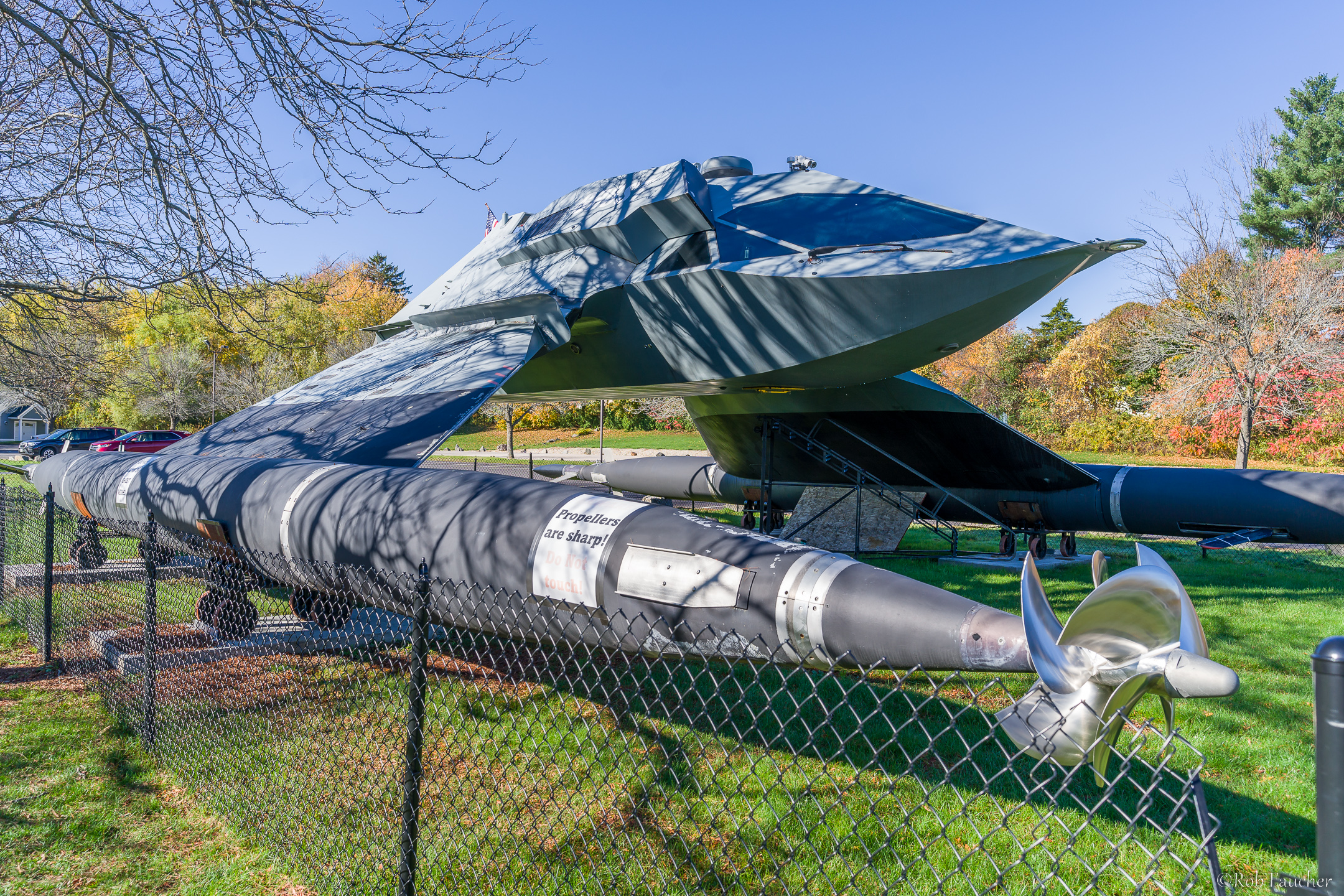
After the museum tour, Melissa and I took a short drive over the the Portsmouth harbor to take in the view and enjoy a break.
#newhampshire #ghostship #ussalbacore #portsmouth #subarine #stealtship

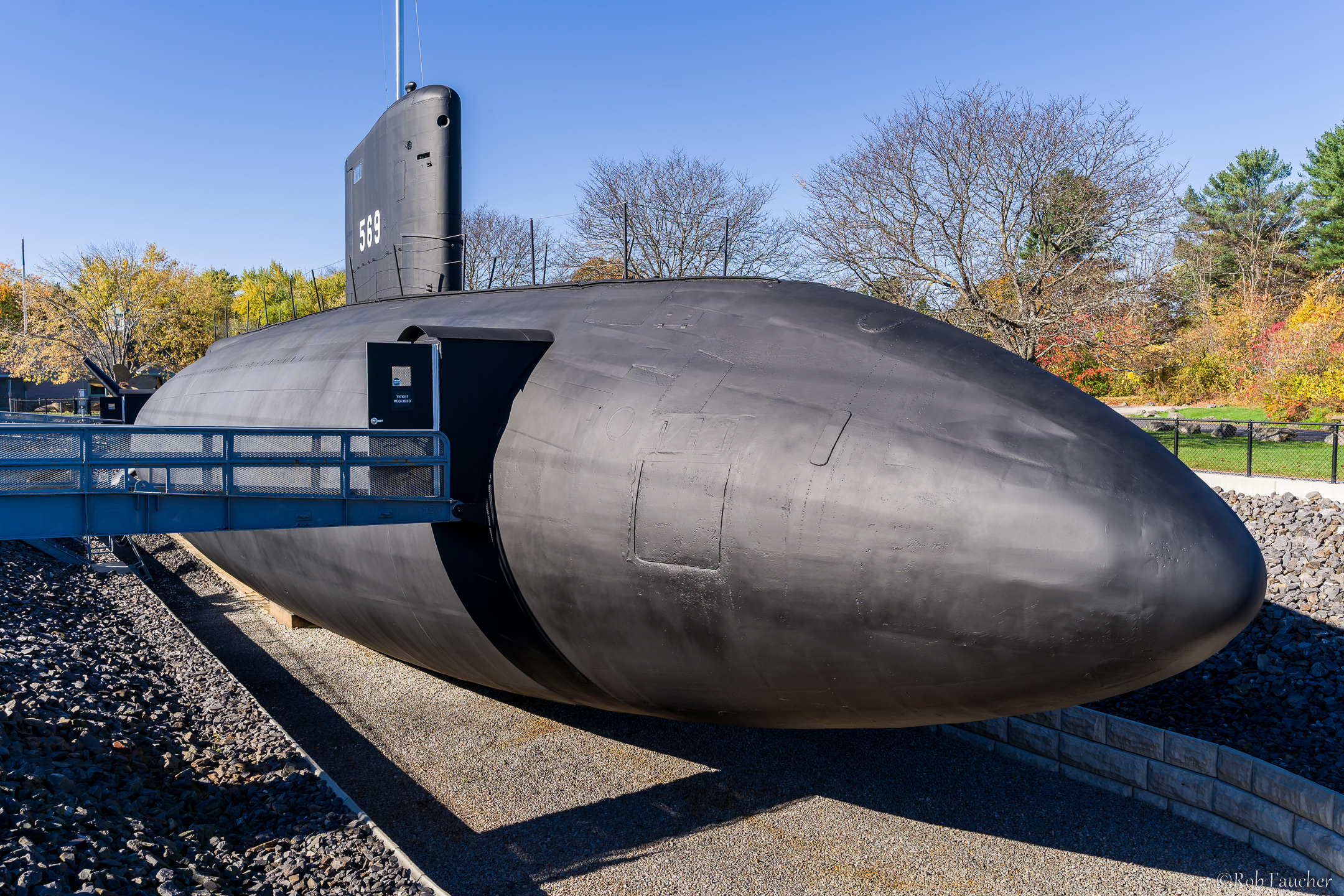
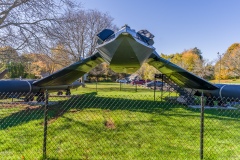
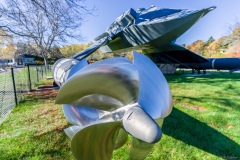
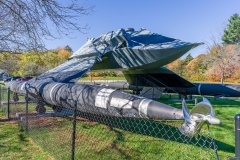
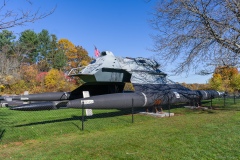

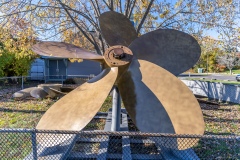
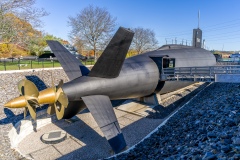
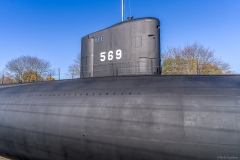
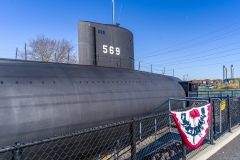
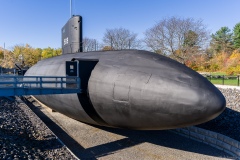
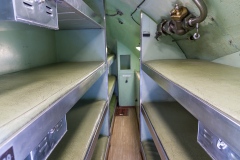
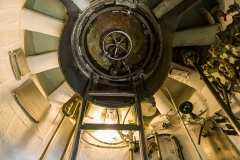
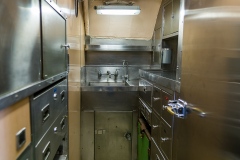
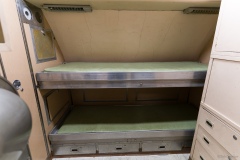
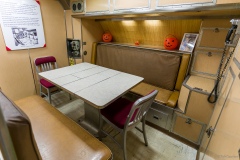
Hi Rob:
I am now 83 years old and was a sonarman on the Albacore from 1960 to 1963. I was on sonar the day we tested our 10 hydraulic diving brakes, (5 port and 5 starboard) which were activated by high pressure hydraulics. The purpose of the brakes was to slow the decent of a sub in danger if there was a problem. I was on sonar when we dove to test them the first time. We were off the coast of Portsmouth, NH and in 1,600 feet of water. We dove down to 75 feet and deployed the diving brakes and all of a sudden we went straight down bow first. I was now looking at the sonar screen above my head. We his so hard we bounced about 5 times, but were lucky as it was a sandy and not coral bottom. We were now vertical with our bow in the sand. The captain ordered to go all back one third. We shook and he then said all back two thirds and we shook some more. Finally he said blow the forward tanks and all back full and we surfaced propellor first backwards. Luckily we did not implode and no one got hurt in the process, but we definitely had a few beers that evening in Portsmouth. There has a been a lot of speculation as to why the brakes failed, but I think the one nearest the truth was that they installed the brakes too far aft instead of nearer the mid ship point. Prior to that, someone came up with the bright idea of installing a drogue parachute on the conning tower and opening it during a dive. The weight of the water when the parachute deployed complete tore the chute apart.
Hello Ashley,
Thank you for that your comment and incredible story.
Cheers,
Rob